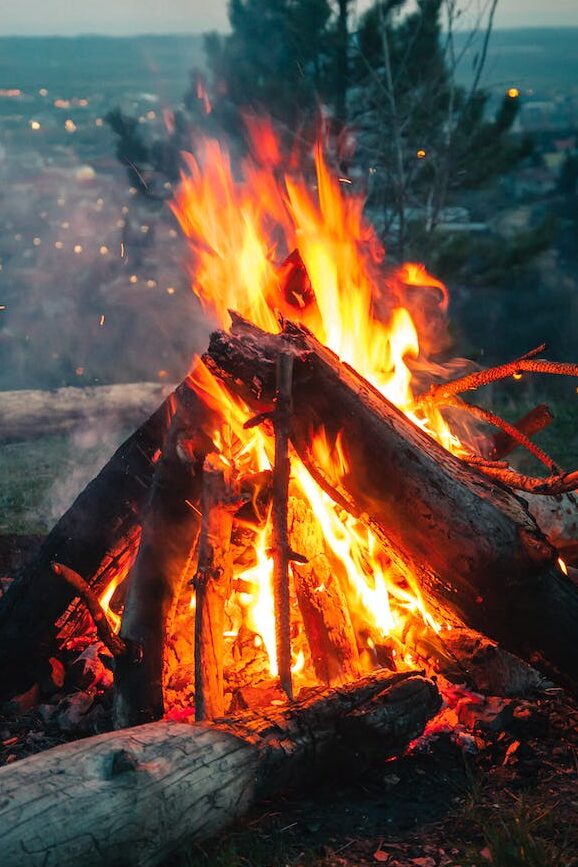
Classes of Fire as per Indian Standard (IS 15683:2018)
Classes of Fire as per Indian Standard : Fire classification is essential for effective fire prevention and management. Indian Standard IS 15683:2018 defines various classes of fires based on the materials or substances involved. Each class requires specific methods of extinguishing to ensure safety. Let’s explore these classes:
Class A: Ordinary Combustibles
- Materials: Wood, paper, cloth, plastics.
- Extinguishing Agent: Water or water-based extinguishing agents.
- Method: Cools and removes heat from the fire.
Class B: Flammable Liquids
- Materials: Gasoline, oil, kerosene, solvents.
- Extinguishing Agent: Foam or powder extinguishing agents.
- Method: Smothers flames and prevents the release of flammable vapors.
Class C: Flammable Gases
- Materials: Natural gas, propane, hydrogen.
- Extinguishing Agent: Specialized dry powder or gas extinguishers.
- Method: Interrupts the chemical reaction sustaining the fire.
Class D: Combustible Metals
- Materials: Magnesium, titanium, lithium.
- Extinguishing Agent: Specific Class D dry powder extinguishing agents.
- Method: Forms a crust over the metal, cutting off its oxygen supply.
Class F: Cooking Oil and Fat Fires
- Materials: Cooking oil and fat fires (common in kitchens and restaurants).
- Extinguishing Agent: Specialized wet chemical extinguishers.
- Method: Forms a cooling, soapy layer on the hot oil, suppressing the fire and preventing re-ignition.
Understanding these classes of fire is vital for selecting the right fire extinguisher and responding effectively in fire emergencies. Using the correct extinguishing agent is crucial to ensure safety and prevent the escalation of fires.
Conclusion
IS 15683:2018 plays a pivotal role in enhancing fire safety in India by providing a structured approach to fire classification and management. Adhering to its guidelines can save lives and protect property.
Classes of Fire as per British Standard (BS EN) 2
Classes of Fire as per NFPA 10 Standard
Classification of Fire and Types of Fire Extinguishers
Fire Safety and Emergency Response
FAQs
1. What is the significance of fire classification?
Fire classification is crucial for identifying the type of fire and selecting the right extinguishing methods and agents, thereby ensuring effective fire suppression and safety.
2. Can one fire extinguisher handle all types of fires?
No, different classes of fires require specific extinguishing agents as per IS 15683:2018 guidelines.
3. How do wet chemical extinguishers work on Class F fires?
Wet chemical extinguishers create a cooling, soapy layer on hot cooking oil, suppressing the fire and preventing re-ignition.
4. What are the common causes of Class C fires?
Class C fires are typically caused by flammable gases like natural gas, propane, and hydrogen.
5. How can individuals contribute to fire safety?
Individuals can contribute to fire safety by following safe storage practices, conducting regular fire drills, and being aware of fire prevention measures outlined in IS 15683:2018.
By adhering to these guidelines and understanding the classes of fire, we can collectively enhance fire safety in India and protect lives and property from the destructive force of fires.
What about electrical fires caused by short circuit? How are such fires classified?
Electrical fires later converts to class A fire. The fire disconnects the circuit and so it turns into dry fire. So one can use DCP. However its preferred to use CO2, as it may prevents getting damage the eletrical equipments/components. DCP may damage the equipments.